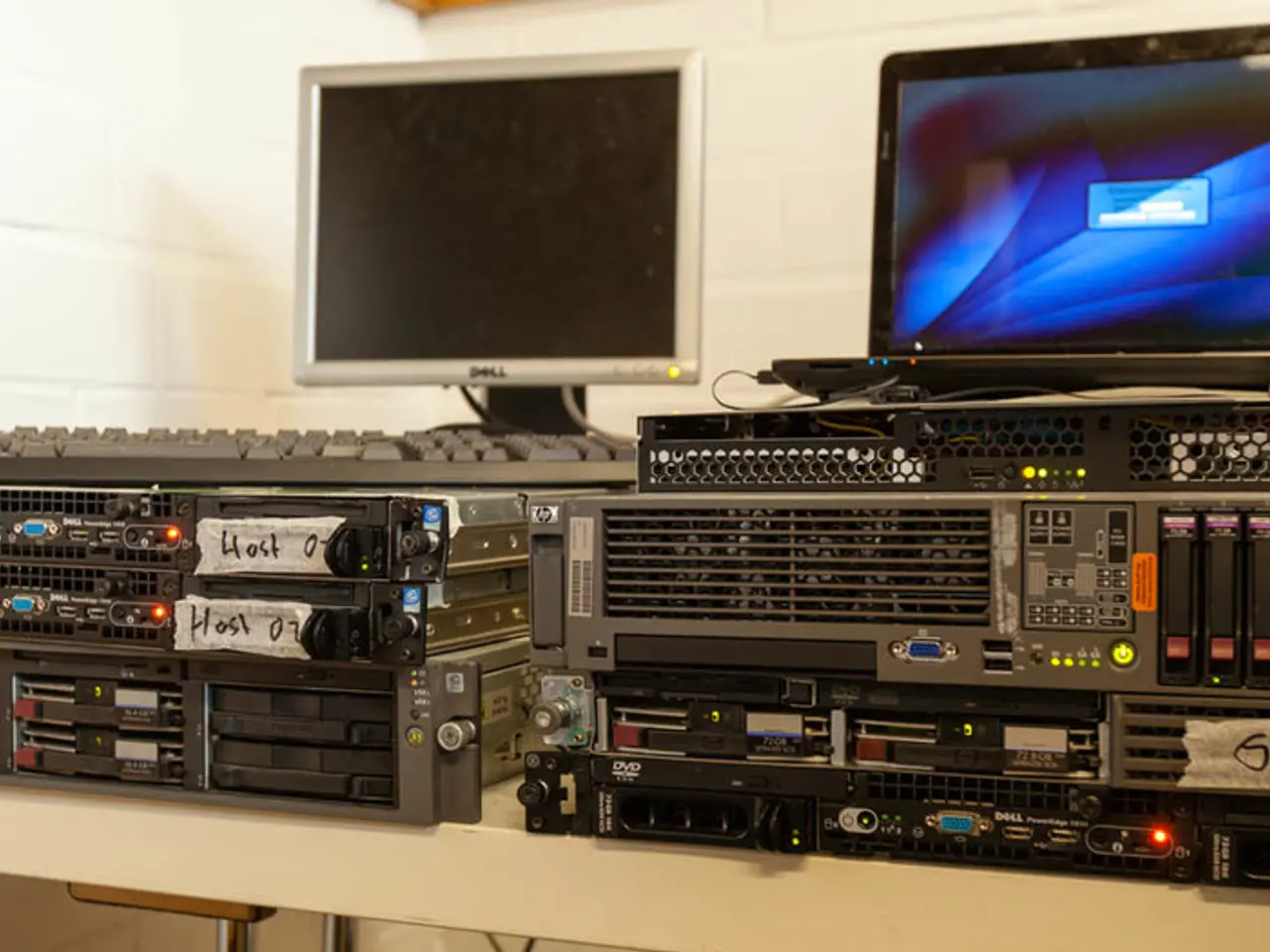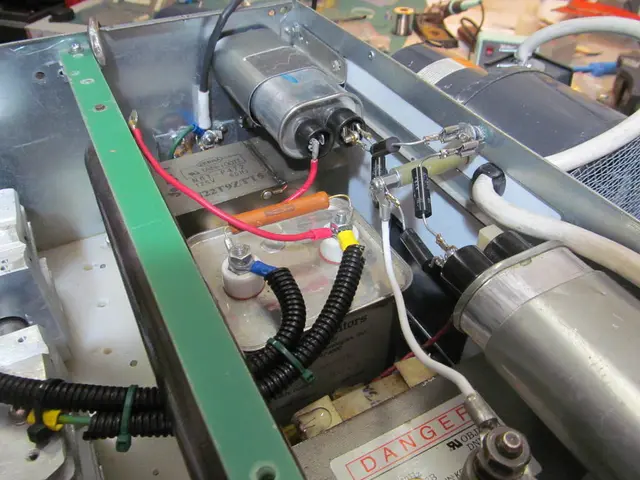Guide to Manipulating Controlled Impedance Values
In the realm of high-speed and high-frequency electronics, maintaining controlled impedance in printed circuit boards (PCBs) is paramount. This news article will delve into the steps and factors that contribute to achieving controlled impedance in PCB manufacturing.
Key Steps and Factors
- Trace Geometry (Width, Thickness, and Spacing): The width and thickness of the copper trace directly influence the impedance, with wider traces reducing impedance and narrower ones increasing it. For differential pairs, the spacing between the two traces is also crucial, as it affects the differential impedance [1][3][5].
- Layer Stack-up and Reference Planes: The arrangement of the PCB layers (stack-up) and the placement of signal layers adjacent to reference ground or power planes play a significant role in impedance control. Maintaining continuous reference planes beneath the signal traces helps avoid impedance discontinuities [1].
- Dielectric Material Properties: The dielectric constant (Dk) and dissipation factor (Df) of the PCB substrate affect the speed of signal propagation and impedance. Low Df is important to reduce signal loss, especially at high frequencies, while thermal stability is essential to maintain impedance across temperature variations [2].
- Dielectric Thickness: The thickness of the dielectric layer between the signal trace and reference plane is another factor that affects impedance. Thinner dielectric layers lower impedance, and vice versa [4].
- Transmission Line Length and Routing: Minimizing transmission line lengths reduces signal degradation and impedance variations. Differential pair routing must maintain consistent spacing and length matching to ensure balanced impedance and minimize noise [1][3].
- Via Design and Stitching: Using stitching vias to connect ground planes maintains consistent reference and reduces impedance fluctuations [1].
- Manufacturing Process Control: Precision during fabrication is critical, with variations in copper thickness, etching tolerances, and dielectric thickness affecting final impedance [3].
- Simulation and Testing: PCB design software simulation tools help estimate impedance based on trace geometry and material properties. Post-manufacturing testing methods like Time-Domain Reflectometry (TDR) or Vector Network Analysis (VNA) verify impedance accuracy [1][3].
In HDI PCB manufacturing, the thickness of the dielectric is controlled by the aspect ratio of the microvia. If a controlled dielectric board is specified in the fabrication drawing, the manufacturing focus is on building a board within +/-10% tolerance of the specified dielectric thickness from layer to layer.
Special Considerations
When it comes to differential pairs, the spacing between the two traces is measured to understand whether the projected impedance is in alignment with the recorded impedance. A Time Domain Reflectometer (TDR) machine is used to test the accuracy of the ohms.
For IPC Class 3 boards design, CAF and etch-back requirements are included. The manufacturer's cross-section technician measures dielectric thicknesses depending upon the trace location, either the inner layer or the outer layer.
In the manufacturing of multilayer PCBs, two forms of PCB materials are required: cores and prepregs. Cores are copper clad PCB laminates, while prepregs are semi-cured materials used as a bonding material between two core laminates. The press-out thicknesses for manufacturing controlled impedance PCBs are planned based on the amount of resin in the prepreg and the copper area and thickness of copper on the opposing layers.
It is recommended not to use more than three different types of prepregs in a stack-up, and the dielectric thickness of each prepreg layer should be less than 10 mils. The designer needs to know the number of board layers, layers on which to route controlled impedance traces, layers to use as reference layers, PCB materials used and copper thicknesses on various layers, and dielectric constant and dielectric height when modeling themselves.
The manufacturer might alter certain specifications such as the trace width, trace height, and dielectric thickness to achieve the desired impedance. Sierra Circuits uses test coupons to ensure there are no variations in trace width, trace thickness, and so on.
In summary, achieving controlled impedance in PCB manufacturing involves carefully choosing the PCB stack-up and substrate, precisely designing the trace geometry, maintaining consistent and low-loss materials, controlling manufacturing parameters, and validating the design via simulation and measurement. This approach minimizes signal reflections, crosstalk, and electromagnetic interference, improving signal integrity in high-frequency PCBs.
- To ensure precise impedance control in high-speed PCB designs, it's crucial to use an impedance calculator that factors in trace geometry, layer stack-up, and dielectric material properties.
- A key technology for maintaining controlled impedance in HDI PCB manufacturing involves the careful management of dielectric thickness, especially considering the aspect ratio of microvias and the use of multiple prepreg layers in the stack-up.




